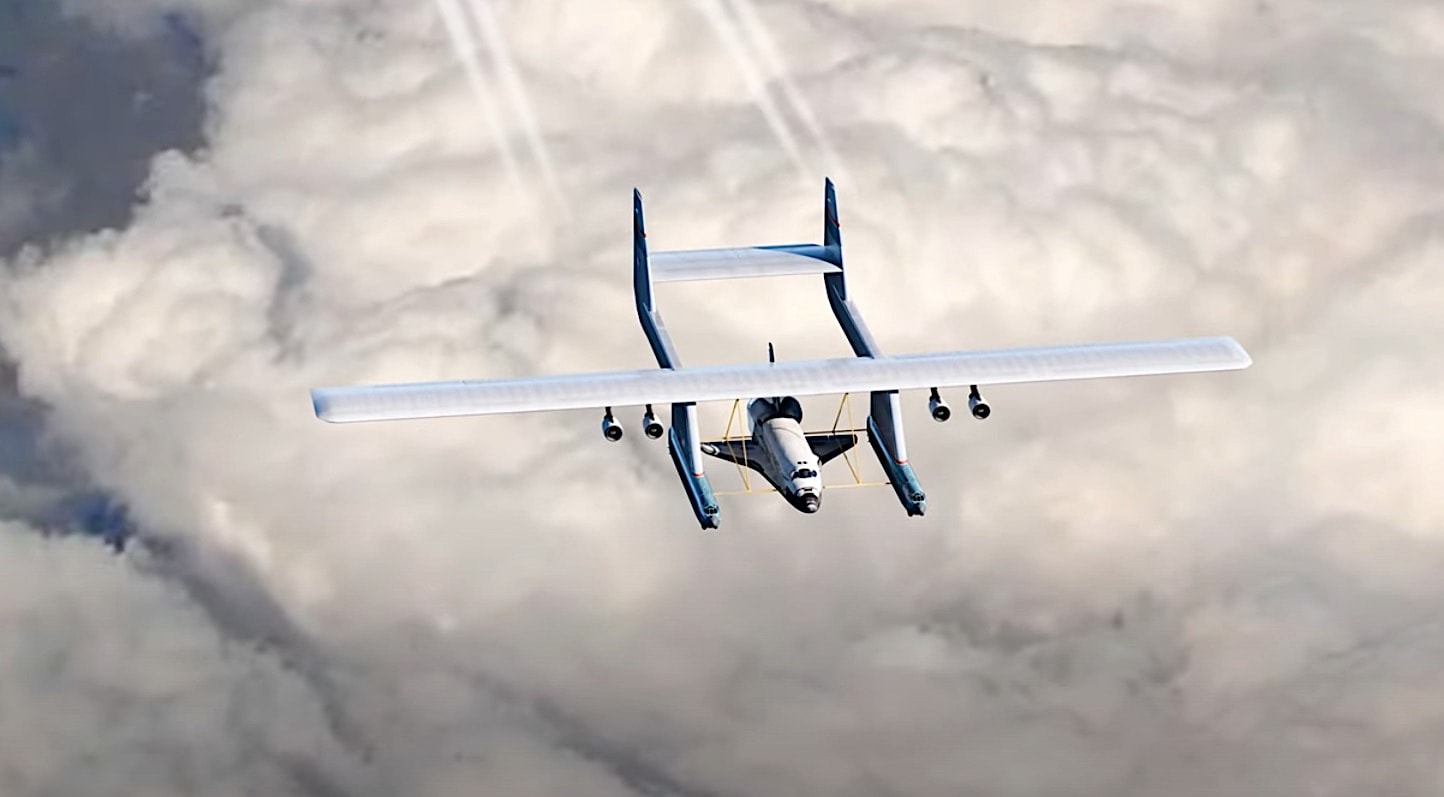During the Space Shuttle program, witnessing a colossal Space Shuttle perched atop an airplane in transit was a common sight for many Americans. This critical transportation task eventually fell to specially modified Boeing 747s.
However, a far more outlandish design, the Conroy Virtus, nearly became the go-to solution. Envisioned by John Conroy of Turbo-Three Corporation, the Virtus would have resembled modern space carrier aircraft with its unconventional shape.
Two airplane fuselages, instead of one, would have been joined by a shared wing section, creating a spacious underbelly perfect for cradling the Space Shuttle.

This audacious design mirrored Conroy’s prior work on the Aero Spacelines Pregnant Guppy and Super Guppy, two remarkably wide-bodied cargo planes known for their unconventional shapes.
During the development of the Space Shuttle program, NASA envisioned alternative methods for transporting the spacecraft besides the massive crawler-transporter we’re familiar with today.
One such proposal, the Virtus concept by Conroy, stands out for its sheer audacity. This design called for a colossal aircraft constructed from the extensively modified fuselages of two Boeing B-52 Stratofortresses.
Merging these iconic bombers would have resulted in a true behemoth capable of carrying the Space Shuttle not on the ground but through the sky.

